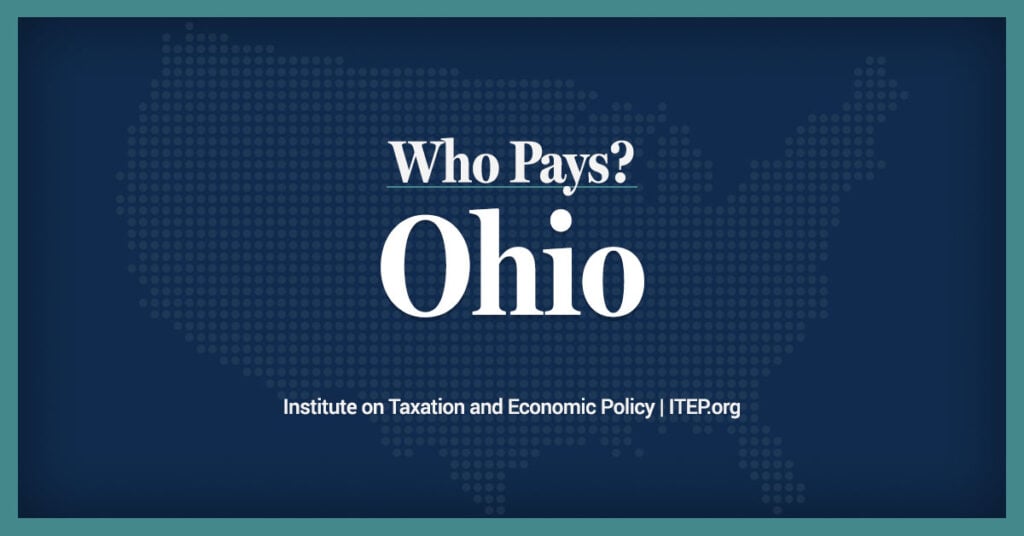Jack Burgess
Contributing Columnist
The notion that lower taxes are good for business and the economy is as old as it is popular, but a look at the reality on the ground and at various research studies forces one to conclude, it’s not that simple. As a Chamber of Commerce leader in Oklahoma, put it: “If our ability to educate and train employees for a 21st Century economy is damaged through lack of funding, if we can’t maintain our roads and bridges, strong health care system, robust research and technology infrastructure, safe streets, etc., then the benefits of a reduction in the income tax rates may be limited.” (Chris Benge, Tulsa Metro Chamber of Commerce, Senior V.P. Govt. Affairs).
A study by the Joint Economic Committee of the Congress found in the 1970s that state taxes were one of the least driving factors in business location decisions, in part because state taxes could be written off on Federal taxes. Quality of life factors were seen as far more important. The Tax Foundation, set up in the 1930s to combat rising taxes under the New Deal, estimated in a 2006 study of businesses in North America, Europe, and Asia Pacific that taxes accounted for 7 to 13 percent of business cost in manufacturing, and just 3 to 7 percent in non-manufacturing. An earlier study, 1998, at Northwestern University, had found that in U.S. manufacturing, state and local taxes constituted 3 to 5 percent of operating costs, while in service industries they were 4 to 6 percent.
None of these percentages are negligible, of course, but typically they are outweighed by “quality of life concerns,” the kinds of things that the Oklahoma Chamber official mentions—education, health care, infrastructure, and so on, and of course, those things depend very heavily on adequate taxation.
And there’s an important question not always asked in tax discussions, how are they doing? How do the economies of the high tax states compare with low-tax states? The Institute on Taxation and Economic Policy, in a report published this year, found that for the years 2002 through 2011 the nine states with the highest income tax rates had an 8.2 percent growth rate, while the states with no income tax had only a 5.2 percent growth rate. No one is arguing that the high taxes caused the growth rate, but some do argue that the quality of life factors that can be bought with higher tax rates probably contribute to the difference in growth. Also, sometimes overlooked in tax and growth discussions are the contributions to the economy of the public sector. Put simply, public employees are consumers, and if you reduce their numbers, cut their wages or hold them constant, they aren’t going to buy as many apples, cars, or services as they otherwise would.
The income tax, as an idea, has had strong support from the American people, and 100 years ago, we, the people, amended the U.S. Constitution to make the national income tax legal. It has that support because it’s the fairest tax, based as it is on the ability to pay. My advice to the General Assembly would be, don’t cut the income tax further. Restore its earlier progressivity when possible.
Finally, our whole national economic and political system is based on balance—checks and balance.
As the political power is divided among government entities and with the states, the economic powers must be divided among consumers, workers, managers, and owners. There must be purchasing power in the hands of the many, but regressive taxes reduce that purchasing power. I would suggest and ask of this committee, don’t recommend any further regressive taxes such as taxes on sales and services that hit the lower income groups the hardest. To some who are well off, that mean seem penny wise, but to anyone who studies the facts, for our economy it will clearly be pound foolish.
Jack Burgess is a Portsmouth High School graduate, history teacher, retired, and former Legislative Agent, Ohio-SEIU.




